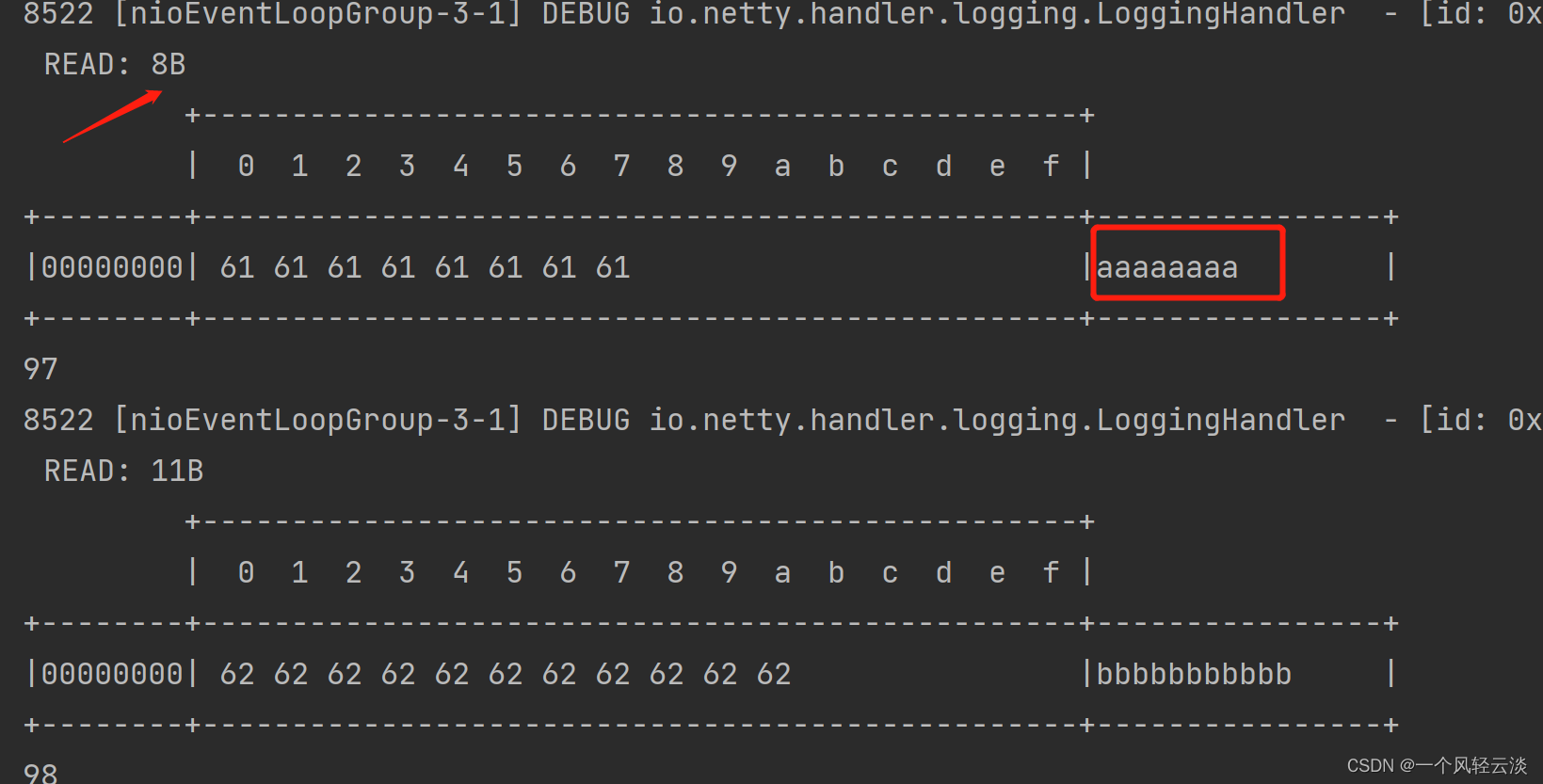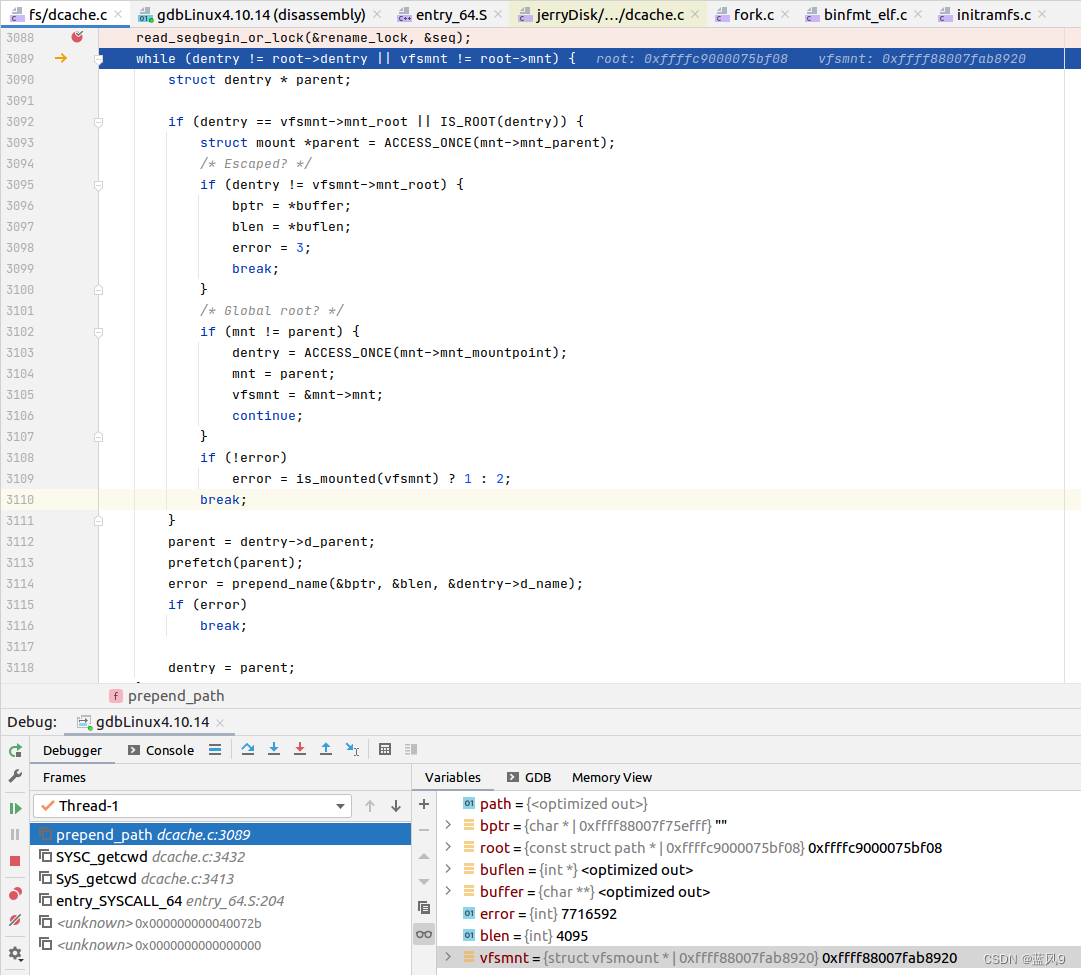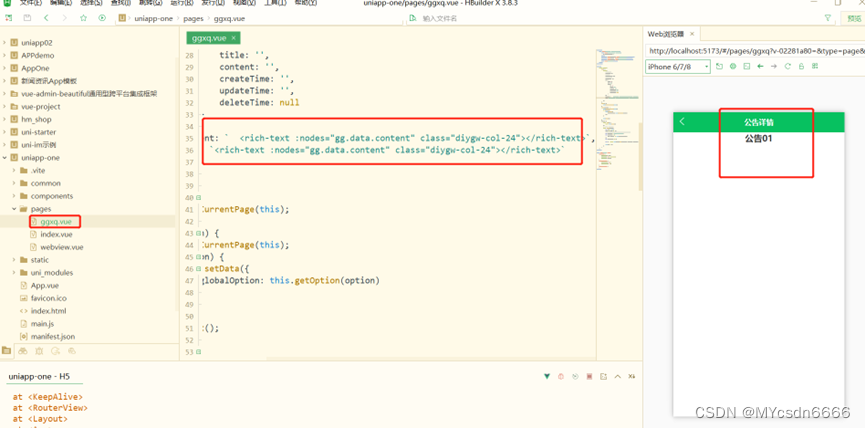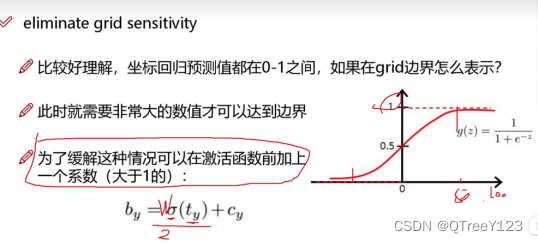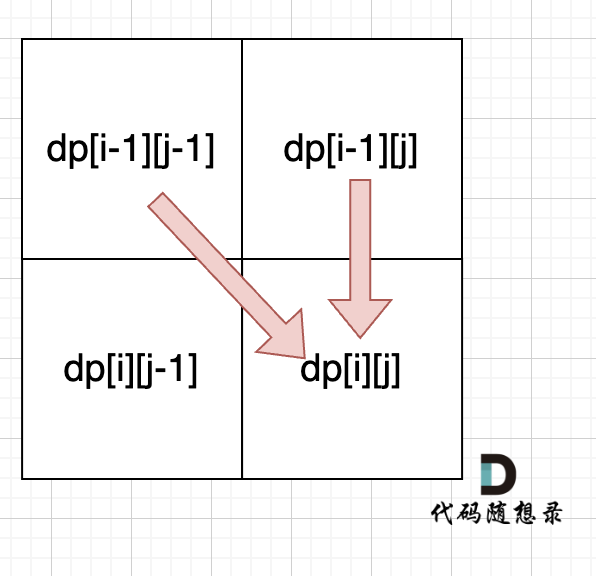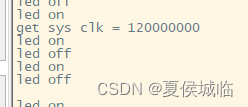Lombok已经是很多Java项目最常用的库之一了,我也一直在用,但是仅限于@Data、@XxxConstructer、@Slf4j之类的注解,没有看过其它的注解。
直到前段时间看到别人的代码,使用了一个@SneakyThrows注解,搜索了一下,才发现也是Lombok的注解,而且解决了我的一个痛点,这才决定花点时间研究一下Lombok的其它注解。
Lombok的所有注解,可以去官网看看:https://projectlombok.org/features/
原理简述
1、Lombok需要在IDE中安装插件(比如最新版的IDEA,安装完就已经默认集成了Lombok插件)
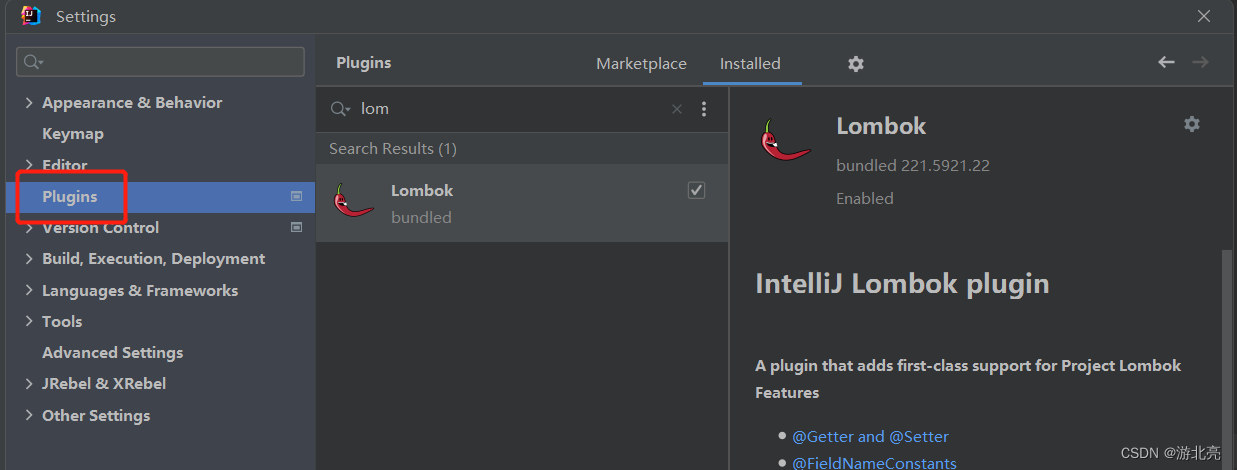
2、在项目的pom.xml里添加lombok依赖,并在相应的代码上添加lombok的注解
3、依赖于JSR 269: Pluggable Annotation Processing API,Lombok自定义了注解处理器,会在项目编译时,对有注解的代码,增加新的代码,再最终生成字节码,过程参考:https://developer.aliyun.com/article/995108
常用注解
下面介绍一下我常用的那些注解,部分我觉得用处不大的就不介绍,你可以参考官网明细列表
1、@val 和 @var
这2个是用于局部变量的类型推断注解,减少书写局部变量类型的代码:
- val是定义final类型的变量:
val a = 123;等效于final int a = 123; - var是定义普通变量:
var a = 123;等效于int a = 123;
注:从Java10开始,已经引入了var关键字和推断能力,不需要再使用lombok的var了
另:对var的类型推断,也有很多人反对,认为可读性差,这个见仁见智吧,我比较喜欢,尤其是类型名特别长的时候,而且好用的IDE(比如IDEA),是会自动显示出对应的变量类型的,如:

2、@NonNull
用于方法或构造函数的参数,减少书写判断参数是否null的代码,如:
public static String nonNullDemo2(@NonNull Integer arg) {
return arg.toString();
}
上述代码,最终生成的实际代码如下,会自动添加判空抛异常的代码:
public static String nonNullDemo2(@NonNull Integer arg) {
if (arg == null) {
throw new NullPointerException("arg is marked non-null but is null");
}
return arg.toString();
}
注:也可以用于类的成员属性上,但是必须配合AllArgsConstructor或RequiredArgsConstructor使用,不推荐
3、@Data
这是一个组合注解,通常放在Dto、Entity之类的实体类对象上。
这个注解组合了:
- @ToString
- @EqualsAndHashCode
- @Getter
- 没被定义为final的字段上加 @Setter
- @RequiredArgsConstructor
以上注解作用,请参考下面对应注解的说明
4、@Getter/@Setter
自动生成指定字段的get/set方法,可以加在类上,影响该类的所有字段,也可以加在指定字段上,如:
public class GetterSetterDemo {
@Getter
public static class Dto1 {
private int id;
private String name;
}
@Setter
public static class Dto2 {
private int id;
private String name;
}
public static class Dto3 {
@Getter
private int id;
@Setter
private String name;
}
}
上述代码,生成的实际代码如下:
public class GetterSetterDemo {
public static class Dto1 {
private int id;
private String name;
public int getId() {
return this.id;
}
public String getName() {
return this.name;
}
}
public static class Dto2 {
private int id;
private String name;
public void setId(final int id) {
this.id = id;
}
public void setName(final String name) {
this.name = name;
}
}
public static class Dto3 {
private int id;
private String name;
public int getId() {
return this.id;
}
public void setName(final String name) {
this.name = name;
}
}
}
5、@Accessors(chain=true)
这个注解要配合@Setter使用,注解加了chain=true,表示每个set方法返回值是this对象本身,而不是默认的void,方便进行链式赋值,如:
@Setter
@Accessors(chain = true)
public class AccessorsDemo {
private int id;
private String name;
}
定义了这样一个类,我们可以链式赋值:
public AccessorsDemo TestAccessors() {
return new AccessorsDemo()
.setId(123)
.setName("abc");
}
上面的class类的代码,最终生成的代码如下:
public class AccessorsDemo {
private int id;
private String name;
public AccessorsDemo setId(final int id) {
this.id = id;
return this;
}
public AccessorsDemo setName(final String name) {
this.name = name;
return this;
}
}
注1:之前我不知道有这个注解,一直喜欢用@Builder,后续再也不用@Builder了,全部改用这个注解
注2:@Accessors注解还有2个属性,我觉得意义不大,就不介绍了,看官网吧
6、@SneakyThrows
这个注解的作用是抑制方法里抛出的编译时异常。
我们写代码时,如果语句抛出了异常,要么自己加try,要么在方法的签名后面增加异常抛出声明,我是觉得比较恶心(C#就不需要)。
以前我都要手工套一个try{}catch(Exception ex){throw new RuntimeException(ex);},有这个注解再也不需要这么做了。
如:
@SneakyThrows
public int test1() {
throw new Exception("abc");
}
最终生成的代码如下:
@SneakyThrows
public int test1() {
try{
throw new Exception("abc");
} catch (UnsupportedEncodingException e) {
throw Lombok.sneakyThrow(e);
}
}
7、@Synchronized
对整个方法加锁,串行执行这个方法,
该注解默认定义一个私有的类变量,并用该变量对方法里的代码进行加锁。
- 静态方法,定义静态的类变量,作为加锁对象
- 类成员方法,定义类成员变量,作为加锁对象
- 默认所有静态方法共用同一个锁对象,所有成员方法共用同一个锁对象
- 注解的value参数,可以定义锁对象的变量名,以使用不同的锁对象
- 注意:类成员方法使用的是类成员变量作为锁对象,所以初始化的2个类,无法使用同一个锁
参考代码:
public class SynchronizedDemo {
private static int num;
@Synchronized
@SneakyThrows
public void syncMethod() {
num++;
System.out.println("before-num:" + num);
Thread.sleep(3000);
num++;
System.out.println("after-num:" + num);
}
@Synchronized
@SneakyThrows
public static void syncStaticMethod() {
num++;
System.out.println("before-num:" + num);
Thread.sleep(3000);
num++;
System.out.println("after-num:" + num);
}
@Synchronized
@SneakyThrows
public static void syncStaticMethod2() {
num++;
System.out.println("2-before-num:" + num);
Thread.sleep(3000);
num++;
System.out.println("2-after-num:" + num);
}
}
最终生成的代码如下:
public class SynchronizedDemo {
private final Object $lock = new Object[0];
private static int num;
private static final Object $LOCK = new Object[0];
public void syncMethod() {
synchronized (this.$lock) {
num++;
System.out.println("before-num:" + Integer.valueOf(num));
Thread.sleep(3000L);
num++;
System.out.println("after-num:" + Integer.valueOf(num));
}
}
public static void syncStaticMethod() {
synchronized ($LOCK) {
num++;
System.out.println("before-num:" + Integer.valueOf(num));
Thread.sleep(3000L);
num++;
System.out.println("after-num:" + Integer.valueOf(num));
}
}
public static void syncStaticMethod2() {
synchronized ($LOCK) {
num++;
System.out.println("2-before-num:" + Integer.valueOf(num));
Thread.sleep(3000L);
num++;
System.out.println("2-after-num:" + Integer.valueOf(num));
}
}
}
根据生成的代码可知,这个注解,内部方法互调,注解也是生效的;
不像Bean的那些注解,内部互调无效,必须通过代理调用。
8、@Cleanup
用于需要回收资源的局部变量上,减少书写finally代码,自行回收资源 的代码,
该注解要求变量有命名为close的方法,如果没有,可以自定义,如以下2个示例代码:
public class CleanupDemo {
@SneakyThrows
public static void test(HttpServletResponse response) {
@Cleanup InputStream inputStream = new ByteArrayInputStream("I'm a string".getBytes());
@Cleanup OutputStream outputStream = response.getOutputStream();
inputStream.transferTo(outputStream);
}
@SneakyThrows
public static void test2(HttpServletResponse response) {
@Cleanup OutputStream outputStream = response.getOutputStream();
@Cleanup("doClear") var tmp = new CleanClass();// 默认要求注解的变量有close方法,可以修改
outputStream.write(tmp.now.getBytes());
}
// 定义一个带资源清理的类
public static class CleanClass {
public String now = LocalDateTime.now().format(DateTimeFormatter.ofPattern("yyyy-MM-dd HH:mm:ss.SSS"));
public void doClear() {
now = null;
}
}
}
上述代码,最终生成的实际代码如下,会自动添加finally代码去回收资源:
public class CleanupDemo {
public static void test(HttpServletResponse response) {
InputStream inputStream = new ByteArrayInputStream("I'm a string".getBytes());
ServletOutputStream outputStream = response.getOutputStream();
try {
inputStream.transferTo(outputStream);
if (Collections.singletonList(outputStream).get(0) != null) {
outputStream.close();
}
if (Collections.singletonList(inputStream).get(0) != null) {
inputStream.close();
}
} catch (Throwable th) {
if (Collections.singletonList(outputStream).get(0) != null) {
outputStream.close();
}
throw th;
}
}
public static void test2(HttpServletResponse response) {
ServletOutputStream outputStream = response.getOutputStream();
CleanClass tmp = new CleanClass();
try {
outputStream.write(tmp.now.getBytes());
if (Collections.singletonList(tmp).get(0) != null) {
tmp.doClear();
}
if (Collections.singletonList(outputStream).get(0) != null) {
outputStream.close();
}
} catch (Throwable th) {
if (Collections.singletonList(tmp).get(0) != null) {
tmp.doClear();
}
throw th;
}
}
public static class CleanClass {
public String now = LocalDateTime.now().format(DateTimeFormatter.ofPattern("yyyy-MM-dd HH:mm:ss.SSS"));
public void doClear() {
this.now = null;
}
}
}
9、@ToString
自动重写Object.toString()方法,生成一个拼接所有字段的toString()方法,如:
@ToString
public class ToStringDemo {
private int id;
private final String name = "";
private final Environment env = null;
}
最终生成的代码:
public class ToStringDemo {
private int id;
private final String name = "";
private final Environment env = null;
public String toString() {
int i = this.id;
Objects.requireNonNull(this);
return "ToStringDemo(id=" + i + ", name=" + "" + ", env=" + this.env + ")";
}
}
10、@EqualsAndHashCode
自动重写Object.hashCode() 和 Object.equals()方法
如:
@EqualsAndHashCode
public class EqualsAndHashCodeDemo {
private int id;
private String name;
}
最终生成的代码:
public class EqualsAndHashCodeDemo {
private int id;
private String name;
public boolean equals(final Object o) {
if (o == this) {
return true;
}
if (o instanceof EqualsAndHashCodeDemo) {
EqualsAndHashCodeDemo other = (EqualsAndHashCodeDemo) o;
if (other.canEqual(this) && this.id == other.id) {
Object this$name = this.name;
Object other$name = other.name;
return this$name == null ? other$name == null : this$name.equals(other$name);
}
return false;
}
return false;
}
protected boolean canEqual(final Object other) {
return other instanceof EqualsAndHashCodeDemo;
}
public int hashCode() {
int result = (1 * 59) + this.id;
Object $name = this.name;
return (result * 59) + ($name == null ? 43 : $name.hashCode());
}
}
注:这个注解有个坑,hashCode和equals这2个方法,都只比较当前类的所有字段,
如果这是个子类,这2个方法也只比较自己定义的字段,不会比较父类字段,
所以如果你的类是子类,要把注解改成:@EqualsAndHashCode(callSuper = true) 避免比较出问题,或把对象作为key加入Map时导致数据丢失。
11、@NoArgsConstructor, @RequiredArgsConstructor, @AllArgsConstructor
- @NoArgsConstructor: 自动生成无参构造函数
- @RequiredArgsConstructor: 把类所有字段作为参数,自动生成构造函数
- @NoArgsConstructor: 为所有定义为final的字段,自动生成有参构造函数
这个最好用,尤其是那些@Service、@Component的spring Bean类,用了这个注解,就不需要再去用@Autowired注解了,如:
@RequiredArgsConstructor
public class RequiredArgsConstructorDemo {
private int id;
private final String name;
private final Environment env;
}
生成代码如下,构造函数里没有id参数:
public class RequiredArgsConstructorDemo {
private int id;
private final String name;
private final Environment env;
public RequiredArgsConstructorDemo(final String name, final Environment env) {
this.name = name;
this.env = env;
}
}
12、@Slf4j
自动为类生成一个日志成员变量,其实日志相关的注解有好多个,参考 分别指向不同的日志框架。
我用的最多的就是@Slf4j,如:
@Slf4j
public class Slf4jDemo {
public void doLog() {
log.debug("DEBUG日志:当前时间:{}", LocalDateTime.now());
log.info("INFO日志:当前时间:{}", LocalDateTime.now());
log.warn("warn日志:当前时间:{}", LocalDateTime.now(), new Exception("我是异常"));
log.error("error日志:当前时间:{}", LocalDateTime.now(), new Exception("我是异常"));
}
}
最终生成的代码:
public class Slf4jDemo {
private static final Logger log = LoggerFactory.getLogger(Slf4jDemo.class);
public void doLog() {
log.debug("DEBUG日志:当前时间:{}", LocalDateTime.now());
log.info("INFO日志:当前时间:{}", LocalDateTime.now());
log.warn("warn日志:当前时间:{}", LocalDateTime.now(), new Exception("我是异常"));
log.error("error日志:当前时间:{}", LocalDateTime.now(), new Exception("我是异常"));
}
}
13、@Builder
自动生成builder()方法,进行链式赋值,最后生成对象,看最终代码还创建了内部类,比较复杂。
推荐改用上面的 @Accessors(chain=true)
实际代码
所有的代码已经上传到Github,可以参考:https://github.com/youbl/study/tree/master/study-codes/lombok-demo
争论问题
确实网上非常多,比如:
- Lombok是个黑盒,导致代码可读性不好,我反而觉得代码量少了,代码可读性更高了。
如果你了解了它的原理,就更不是问题了。
举个简单的例子,你调用了jdk封装的方法,如果不研究方法源码,也没有深入了解这个方法做了什么,可能有什么坑,那么它就跟Lombok差不多,你一样会在使用中出现各种问题。 - Lombok污染性太强,团队里有一个人在用,就会导致其它人不得不用。
这是个问题,但是现在Lombok的使用已经越来越广泛了,我接触过的公司、团队,没发现不使用的,连IDEA也默认集成了,之前跟Lombok类似的2个库,我是没见过有团队在使用。
当然也可能是我眼见比较少,如果你确实讨厌Lombok,可以使用Delombok插件解决这个问题。

